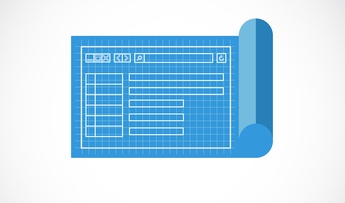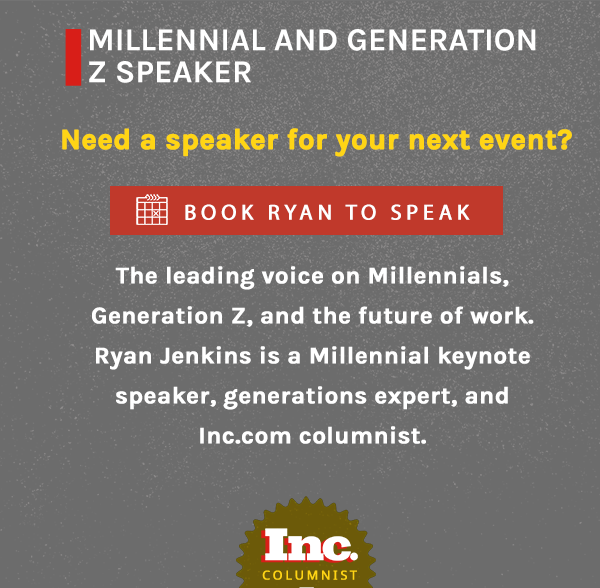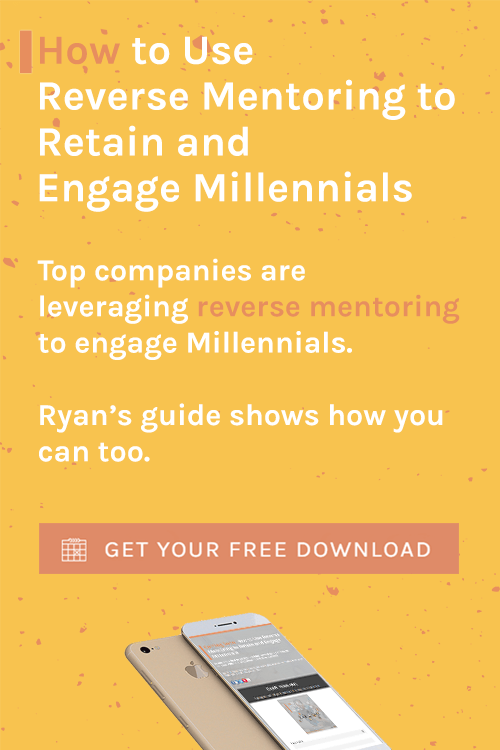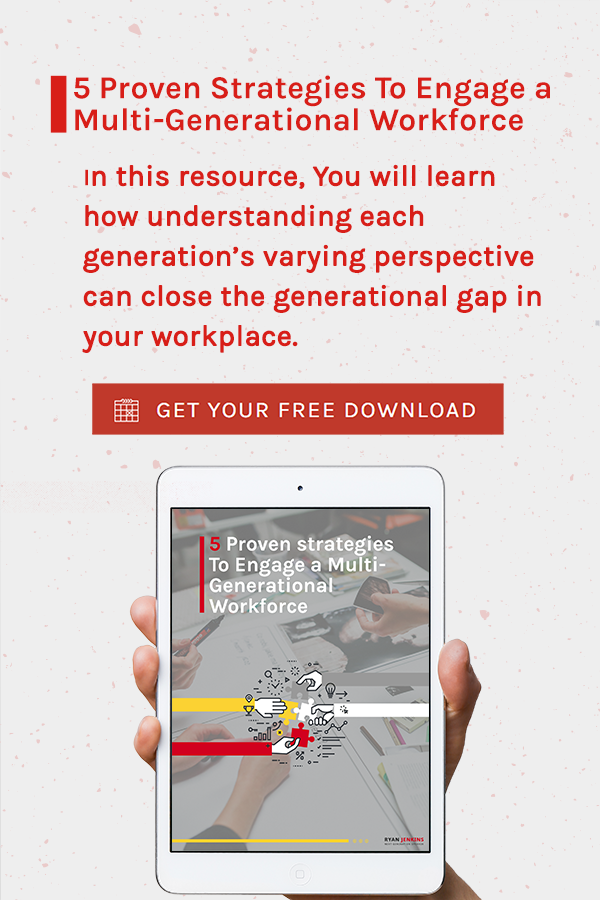Execute employee experiences well and watch Millennial engagement, job satisfaction, and productivity increase.

Millennials are the most disengaged at work of any generation: 71 percent. To offset this Millennial engagement epidemic, organizations must design employee experiences.
Jacob Morgan, author of The Employee Experience Advantage: How to Win the War for Talent by Giving Employees the Workspaces They Want, the Tools They Need, looks at employee experience as "the intersection of employee expectations, needs, and wants and the organization design of those expectations, needs, and wants."
Nearly 80 percent of executives rated employee experience very important (42 percent) or important (38 percent), but only 22 percent reported that their companies were excellent at building a differentiated employee experience. And 59 percent reported they were not ready or only somewhat ready to address the employee-experience challenge.
Because employee experience is very human-centric, organizations will (and should) take very different approaches to it.
3 items to consider when designing the employee experience:
1. Know your people
The best experiences are catered to the individual. The better you know the Millennials in your organization, the better the experience you can deliver. Designing a rich employee experience isn't just for Millennials; it must be done with them. Because experience is subjective, it's crucial to connect with those to whom the experience will be delivered. Leaders must be committed to connecting with Millennials. Consider creating Millennial-employee personas and use them to develop journey maps.
- Companies such as Cisco, IBM, GE, and Airbnb have used hackathons to collect employee ideas about how to enhance the employee experience. Emerging technology and trends in people analytics can also assist organizations in predicting employees' expectations, needs, and wants. IBM has saved over $130 million by using people analytics to predict which employees are at risk of leaving the company and notify managers to prevent it.
2. Deliver holistically
Employee experience must be end-to-end service that spans the entire life cycle of Millennial employees--hiring, day-one orientation, onboarding, training, promotion, offboarding, and so on. The employee experience must also cover the workspace, technology, leadership, diversity, organizational structure, career mobility, employment brand, HR services, and company perks. Also consider all segments of the workforce--part time, freelance, etc. Changing "job descriptions" to "job experiences" is a subtle change but can get the candidate and employer beginning to think in the right direction.
- Nike, Telstra, and Commonwealth Bank of Australia have developed mobile apps, new user experiences, and new service-delivery solutions to improve their employee experience holistically across onboarding, recruitment, and self-service applications. In addition, companies such as Apple, Google, and Facebook have designed their workplace facilities holistically to incorporate exercise, collaboration, health and well-being, food, and nature to enhance the employee experience.
3. Revisit routinely
The employee experiences that are developed and delivered must be routinely revisited for necessary course corrections or adjustments. Create open feedback systems and pulse surveys (simple, fast, and frequent surveys that provide quick insights into the health of a company, designed to be done weekly or every few weeks) to measure impact instead of annual or bi-annual engagement surveys.
- TINYPulse and Culture Amp are strong workplace tools for delivering pulse surveys. Using an employee "Net Promoter" score that reflects the value of the employee experience can be helpful for tracking and measuring purposes.
Examples of Companies Embracing Employee Experience
- Airbnb has an appointed "chief employee experience officer" whose job it is to serve employees in a number of different ways. A few include building a healthy and satisfying food program, providing employees with the latest technology, recruiting the best and brightest talent, and ensuring that their buildings are spaces for an optimal work environment. Airbnb's employee-experience team touches every facet of Airbnb and aims to drive the company's health and happiness. Other companies that have chief employee experience officers are Cisco and Pandora.
- Adobe recently combined its customer-experience organization with its human-resources and facilities organizations to create the new "Customer and Employee Experience" organization. The focus of the new organization is the people who are essential to Adobe's business--their customers and employees--and the understanding that people want the same fundamental things: to be treated with respect for their needs and their time, to find the information they need quickly, and to feel invested in a long-term relationship, whether it's with the employer or the brand. Adobe is committed to injecting employee experience into the thinking of every one of their employees, regardless of role.
- Ford Motor Company launched a global listening tour to better understand what is effective and ineffective in its employee experience. Based on the findings, the Ford HR team will deliver high-impact, innovative workforce solutions and experiences that improve workers' lives. Ford's group vice-president of human resources and corporate services says, "Our mission is to make employees' lives better by changing the way we think about work, feel about work, and the way we do our work differently."
Prithvi Shergill summarizes the power of employee experience very well in The Economic Times article "Employee Experience in the Time of Uncertainty":
An enhanced employee experience impacts key individual and collective drivers of business growth--passion, proficiency, productivity and performance. How exactly? By putting employees first, they are now more emotionally invested in the mission and are committed to the same beliefs as that of the organization which multiplies capability, contribution and commitment. A passionate workforce is willing to go the extra mile to seed, nurture, and harvest ideas to add value. By building individual proficiencies and providing opportunities for employees to fulfill their potential organizations are able to ensure the relationship with their workforce goes beyond the contract. Greater productivity and performance enables employees to enhance the 'value zone' in every interaction with clients and stakeholders they interact with leading to higher levels of customer satisfaction.
Execute employee experience well and watch Millennial engagement, job satisfaction, and productivity increase.
(This is 1 of the 47 strategies Ryan shares in his new book, The Millennial Manual: The Complete How-To Guide to Manage, Develop, and Engage Millennials at Work.)
Consider Ryan Jenkins to be your next Millennial or Generation Z keynote speaker by clicking here...![]()
This article was originally posted on Ryan's Inc.com column, Next Generation Insights.





